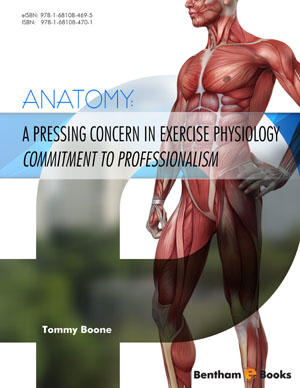Abstract
Flexibility refers to the range of motion of the musculoskeletal system. It is trainable, but only when it is done correctly. Warming-up should not be confused with training for an increase in range of motion. Flexibility is a logical prerequisite to performing athletic skills with ease, efficiency, and safety. If stretching is done on a regular basis, there will be an increase in the range of motion at specific joints. The stretching will help to improve human movement, whether it is athletics or engaging in physical activity, the circulation of blood and oxygen to the active tissues, and the pain and soreness that results from using the muscles. In general, there are four methods to increase and maintain flexibility: (1) static stretching; (2) ballistic (or dynamic) stretching; (3) contract-relax stretching (also called PNF, proprioceptive neuromuscular facilitation); and (4) passive stretching.
Keywords: Ballistic stretching, Contract-relax stretching, Human movement, Muscle soreness, Passive stretching, Static stretching.






















